LISTEN ON: Apple Podcasts, Spotify, Amazon Music, YouTube, Google, or subscribe to the RSS.
On the 4th July 1837, the Grand Junction Railway linked Liverpool and Manchester with Birmingham.
In this episode we:
• Take a look at some of the civil engineering works on the GJR
• Meet Thomas Brassey, who would command an international force of about 80,000 navvies
• See how the Grand Junction handled their opening.
The GJR has been underplayed in most railroad histories, so come and hear why I think it’s important, and marks a turning point in the nature of railways and the character of the engineers who built them.
Show notes
- 01:23 Last episode’s trivia answer
- 02:00 What we can really know about history
- 05:36 The Wolverhampton and Preston Brook Tunnel and the coldest winter on the 19th century
- 08:51 Dutton Viaduct
- 11:35 Penkridge Viaduct
- 13:03 Joseph Locke’s approach to contracts
- 16:55 Thomas Brassey
- 22:00 Birmingham Terminus at Vauxhall not Curzon Street
- 22:53 James Watt Jr and the course of the line
- 25:19 Double-headed, parallel, fish-bellied, Vignoles, and Stevens rail
- 30:39 Opening Day
- 35:40 Conclusion
Research and Reading List
These are some of the books and websites I used for research for this episode. Many are free resources on the internet, some you can buy for yourself … if you do fancy any of them, then buying them through these links is a great way to support the show at no extra cost to you *.
The Evolution of the Steam Locomotive, 1803 to 1898 – G.A. Sekon (Nokes), 1899
The British steam railway locomotive, 1825-1925 – E.L. Ahrons, 1927
Railway Carriages in the British Isles, 1830-1914 – C. Hamilton Ellis, 1965
Images
* I use affiliate links to help support the podcast. If you buy through these links then you pay exactly the same price, and I earn a (very!) small commission.

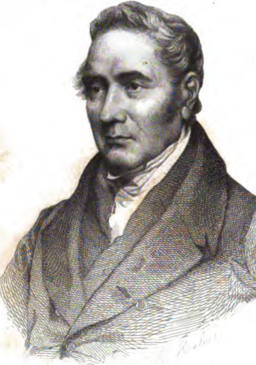
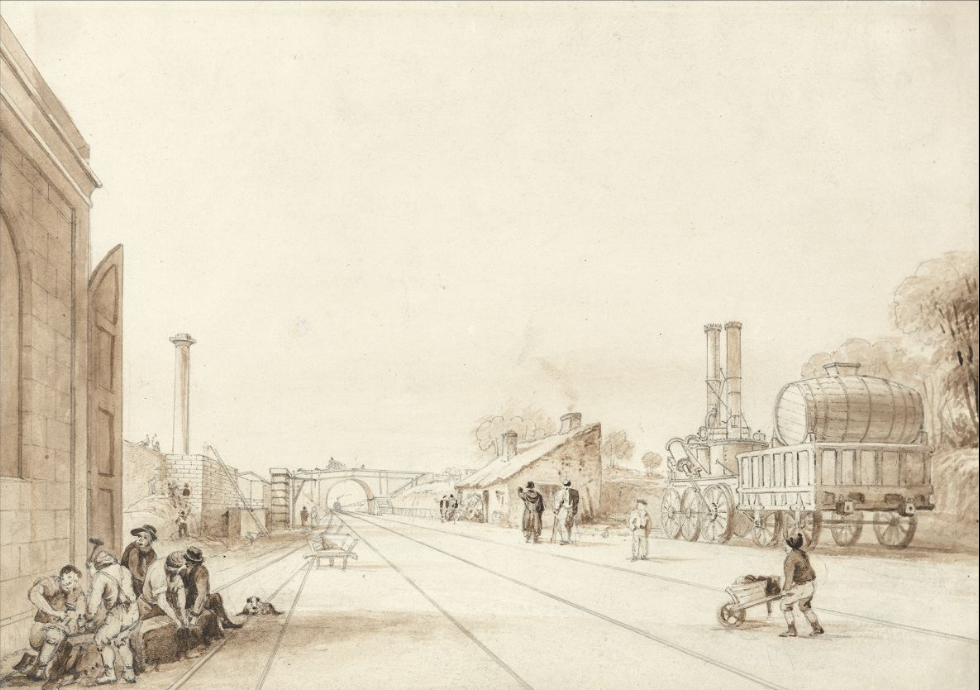
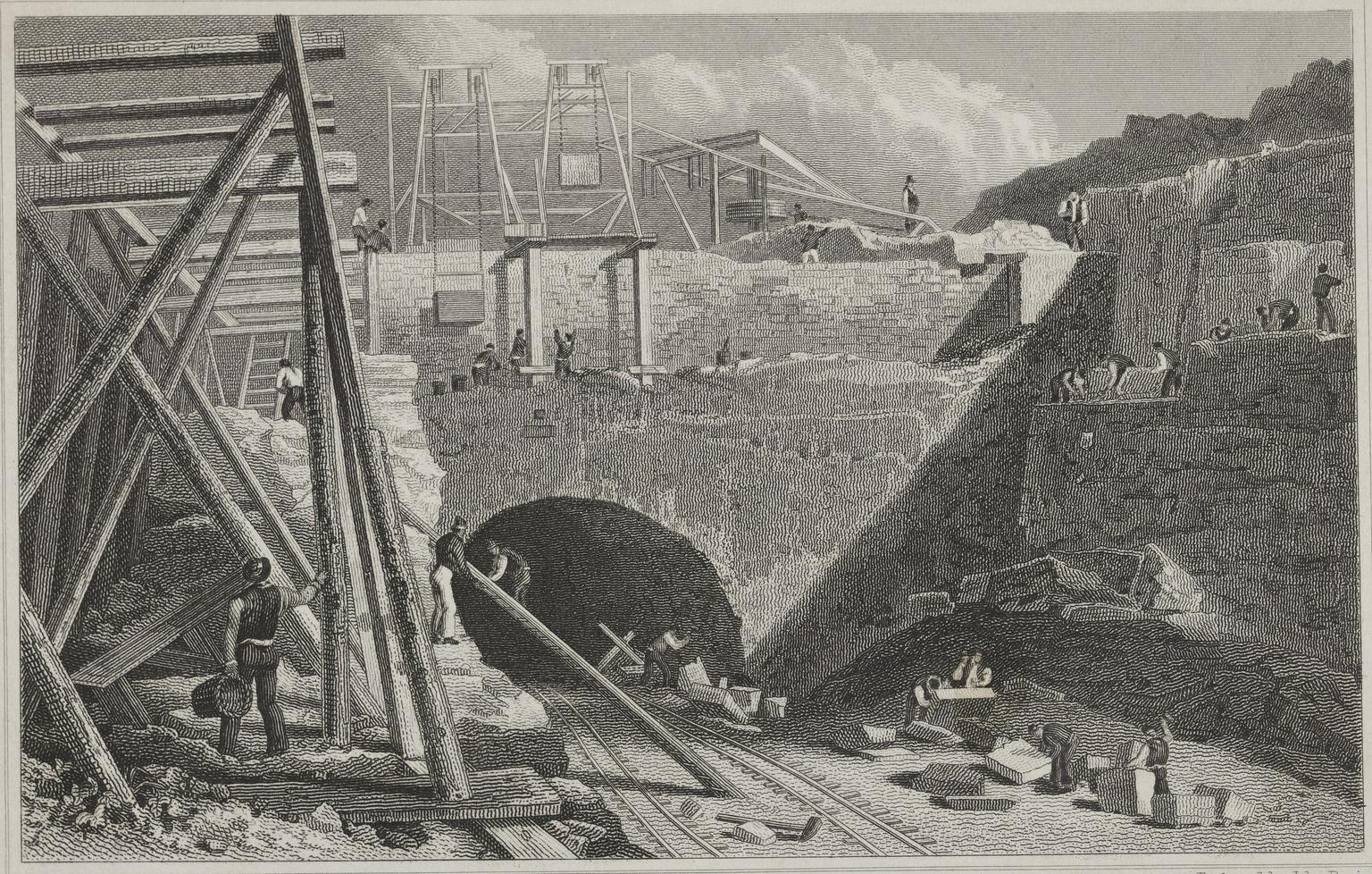
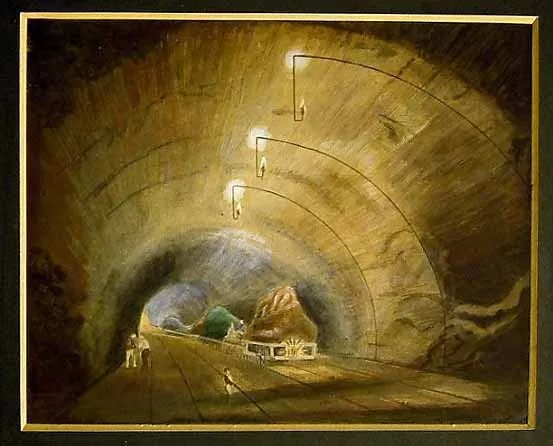
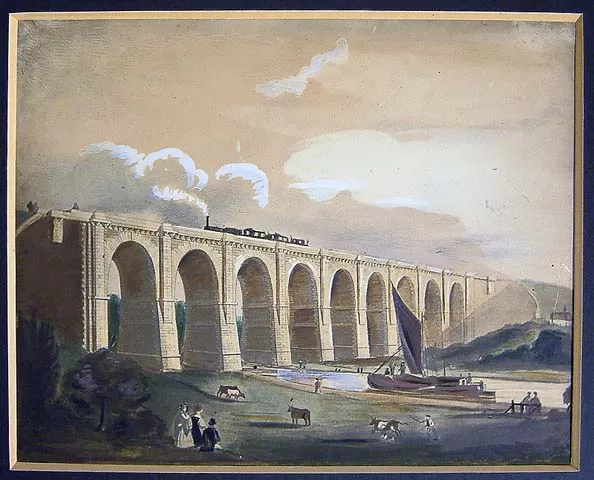
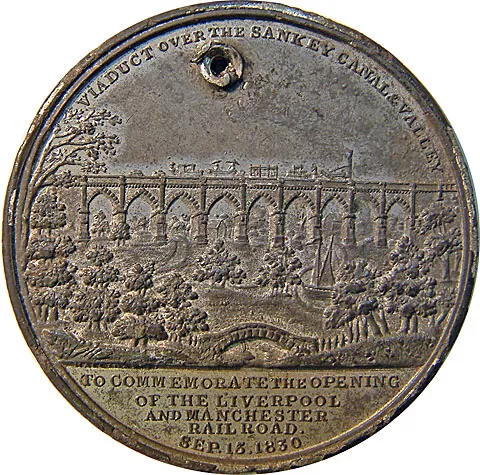
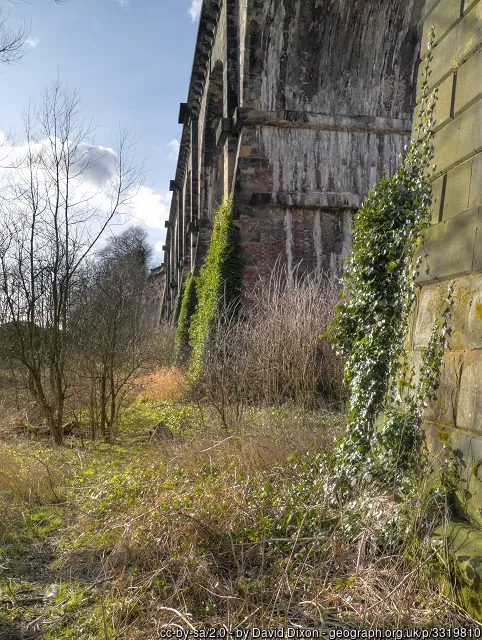
Leave a Reply